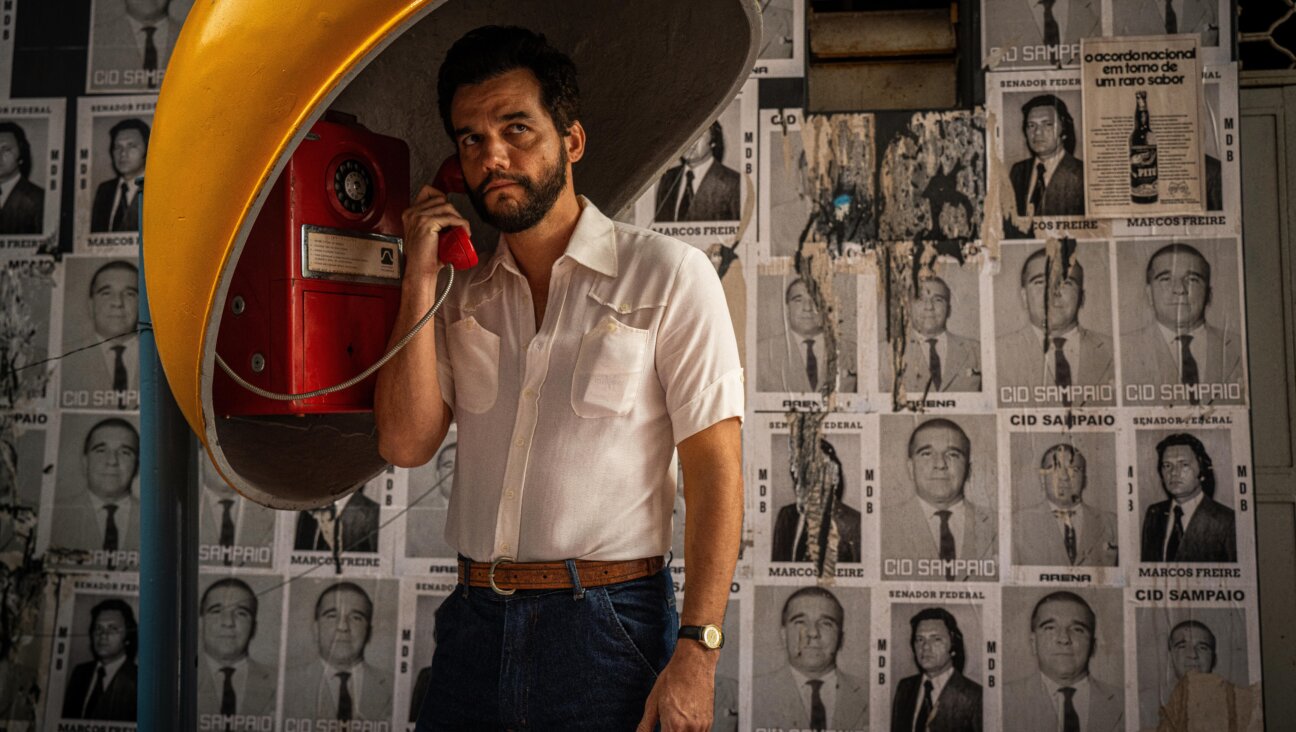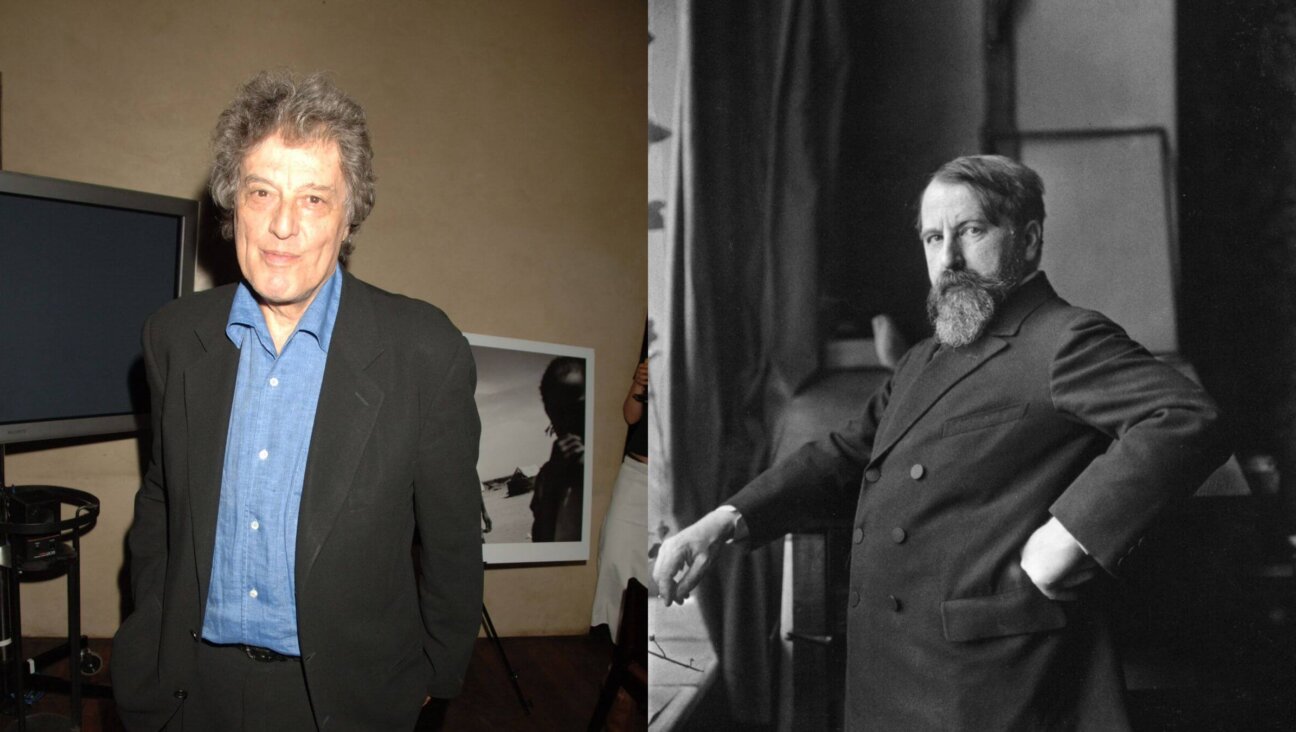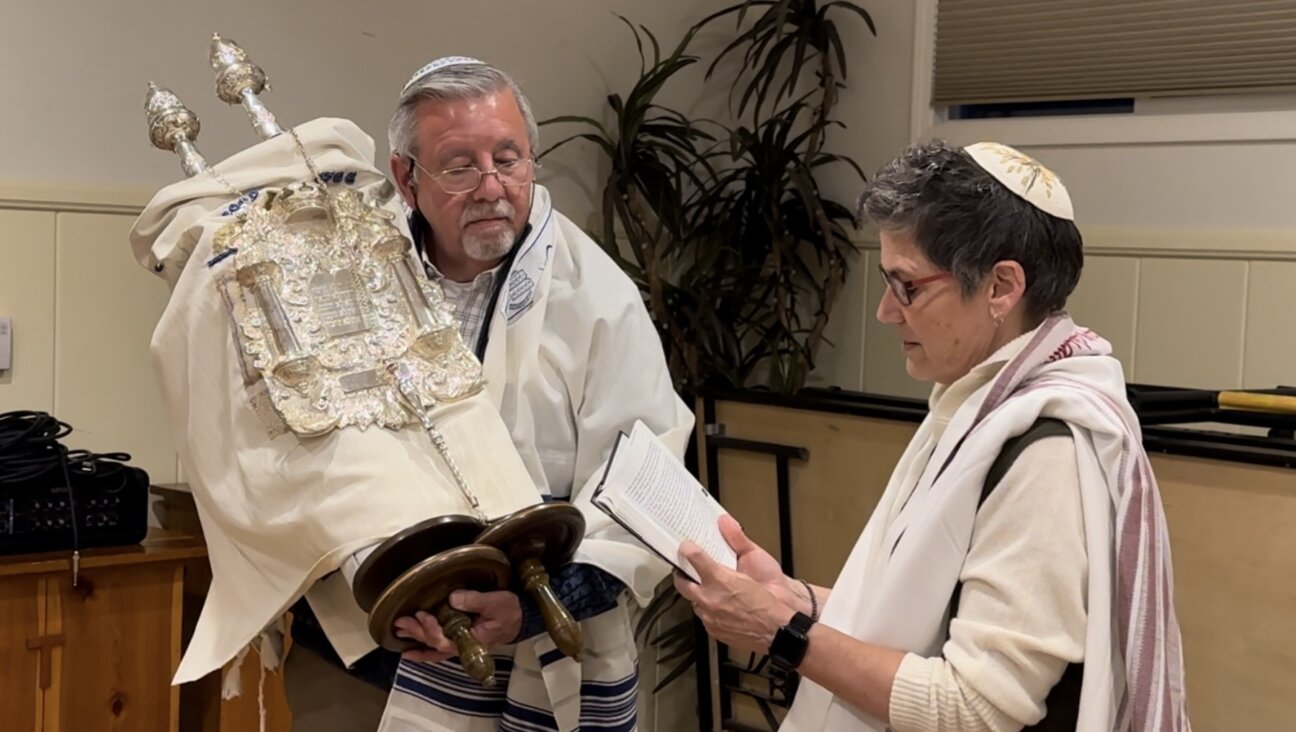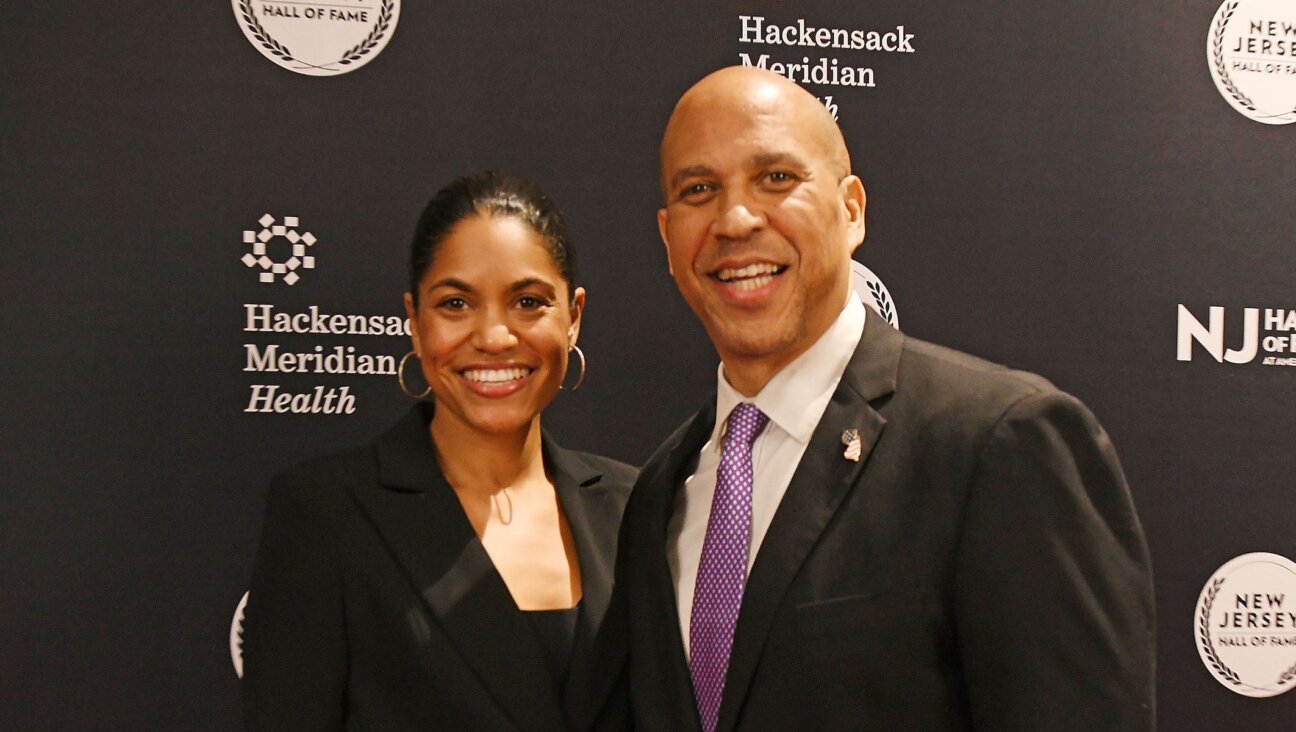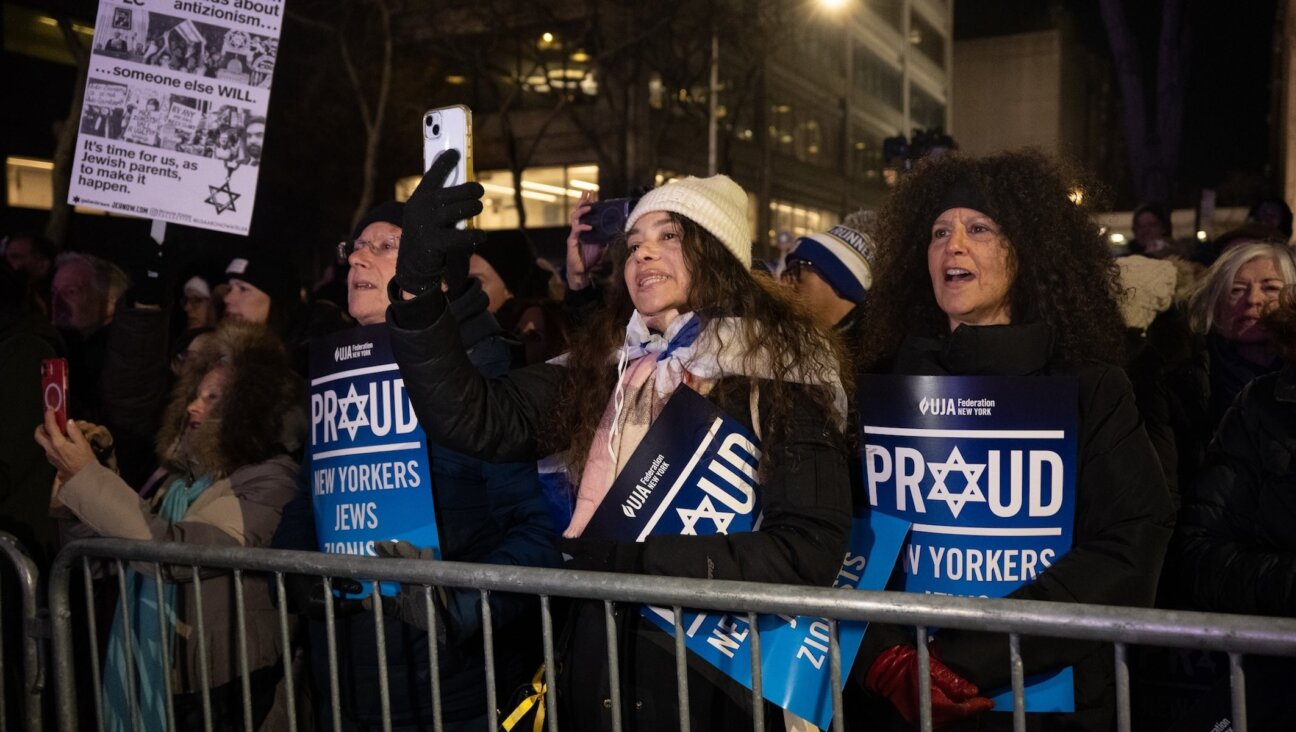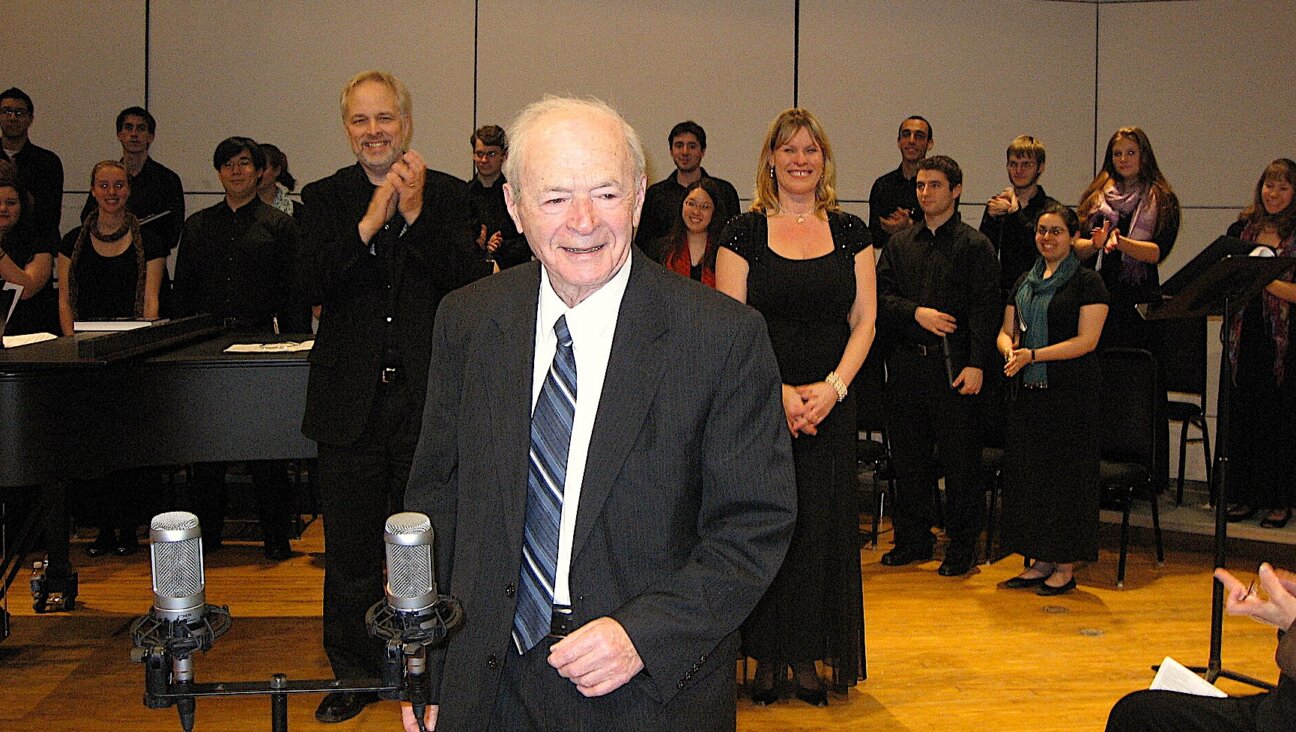Controlling The Uncontrollable
This week’s portion, Tazria, is primarily concerned with the priestly rituals for dealing with the outbreak of macabre changes in the skin and flesh. The commentary in “The Jewish Study Bible” (Oxford University Press, 2004 tells us that “Tzara’at, seen as a gradual erosion of the skin, was thought to culminate, unless the patient recovered, in the ultimate disintegration of the flesh, which was taken as a manifestation of the gradual escape of life. The person afflicted with it was looked upon as potentially dead,” which would make them ritually unclean. “Etz Hayim” (The Rabbinical Assembly and The Jewish Publication Society, 2001), commenting on the priestly understanding of these conditions, warns us:
This comment was a challenge to me, since I don’t believe human nature has changed in the mere 2,000 or 3,000 years that separate us from the ancient world. I believe we and our forebears share the same dispositions, and so I assume there must be modern functional equivalents to the ancient rituals that dealt with these dispositions.
The conditions discussed in this week’s portion were not perceived as, and in many cases were not in fact, benign, and the people who suffered from them had good reason to be very frightened. The priestly rituals addressed the desperate human need to try to get a sense of control over the uncontrollable.
A diagnosis of cancer produces a modern emotional equivalent to the anxiety that must have been produced by the physiological problems described in this week’s portion, and consequently we shouldn’t be too surprised to find ritual behavior in spontaneous responses to cancer by rational people like ourselves.
My friend Michele struggled with cancer for more than a year before she died, and the attempt to get a sense of control came up in many ways during this time. Early in the treatment, she tried a ritual of anticipation:
Control
When she was warned the next chemotherapy
would cause her to go bald, Michele decided
to limit the loss not under her control.
Her sisters and I accompanied Michele
to the chic salon where her long hair was cut.
The short-cropped style was boyish but quite smart.
We even teased her. Then she and I went off
to buy a wig while she had all her hair.
But as Michele sat trying on a wig
not too far from the style of her new cut,
as she was looking in the mirror at
the wig she’d chosen, she began to cry,
and cried much more with this poor loss
than at any other time up to the end.
Later, after the disease had progressed, Michele had rituals of play:
Our Choices
The cancer spread to an eye. You only saw
dark blotches if you covered the other eye.
You asked me, “What am I to do?” as we
huddled together on the bed.
The medical answer was more radiation.
You lay on the axis of a huge machine
each weekday afternoon. Then one weekend
we went to the museum and played
a game: In every room we had to choose
one painting we’d take with us if we could.
We argued for our choices as if we
could get away with them once we’d decided.
You had to stop and rest in every room.
You didn’t mention the darkness even once.
A major function of ritual of course is to give a reassuring sense of knowledge, which is the grounding of hope and faith. Toward the end I found myself practicing a modern version of this ritual function:
Faith
Her doctors thought that nothing could be done
except for palliation. I searched the journals for
signs of hope, for clinical trials of
the latest drugs, experiments that showed
promising combinations. I needed
something with a chance, something that
had not yet failed. Who can have faith in nothing?
I wanted to keep her hope alive so she could live
in hope, for however long she had to live.
There have to be some answers to, “What now?”
I had some answers even at the end.
Disease evokes in us, as in our forebears, deep anxieties, which our rituals try to control as best they can. And when they fail, as all rituals must do in the face of mortality, we have the comfort of knowing we did not allow ourselves to be constrained by pure logic, that we tried everything the emotion of our reasoning demanded, in our attempts at control.
David Curzon is a contributing editor to the Forward.

